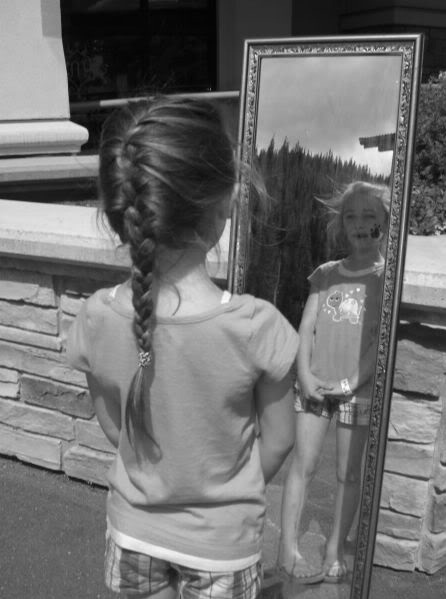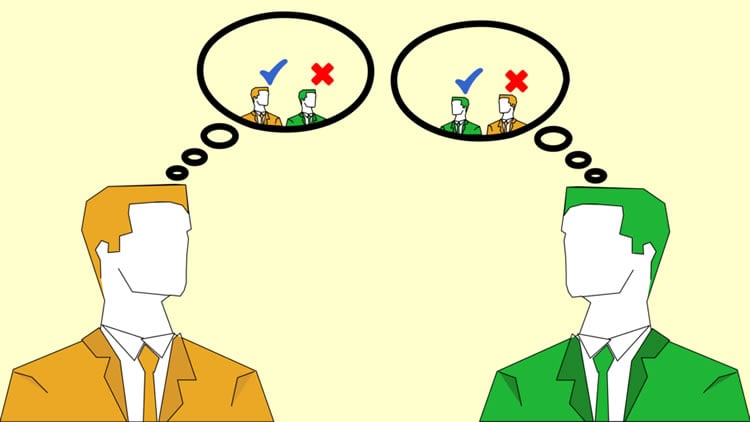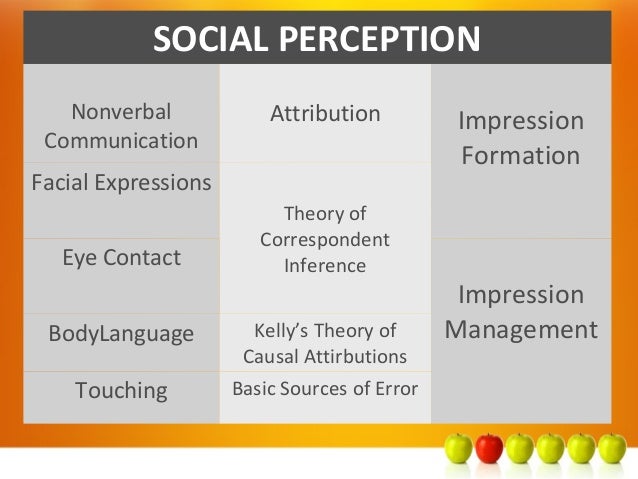ATA5

The assignment takeaway that I gained from assignment five, is that kindness can take you a long way in life. Assignment five required me to do five kind things for people that I do not personally know. At first, it was a bit challenging trying to figure out what 5 actions could I take a part of, but after talking to family and a few friends I began to start my assignment. After reflecting on my 5 kind actions, I realized that it does not require that much more energy to be kind to at least one person in your day. Connecting assignment 5 to our unit of social perception goes hand in hand. Being kind and creating a positive environment around you, can only make others just as kind and genuine as well. Acts of kindness does not harm either parties, they uplift each of them. After reflecting on this assignment, I have decided to try to make more kind gestures to at least one person every day; to not only make them feel happy, but me as well.
ATA4

In this week’s assignment takeaway, there was a introduction to the topic of social influence. From understanding norms, the influencing of behaviors, and emotional intelligence; there was a deeper understanding created around the concept of social influence. Within the concept of social influence, it is observed that one’s emotions or behaviors can have fall back to anyone that that individual may be around. This is when the idea of emotional intelligence and self-regulation comes into play. When dealing with emotional intelligence, we have to be aware of the emotions that we have the capability of experiencing; where as self-regulation is our awareness to control how, when, or how much we ought to feel these emotions. There are many depths of social influence that we experience each and everyday, but it is up to us as individuals to control and create a positive influence to ourselves and others around us.
ATA2

This image is representing the module of the self. In this module, it was about self-reflection and self-concept. This picture shows a little girl looking at her reflection; in most cases once we self-reflect we begin to see much more of ourselves that we never really seen before.

This image represents how feelings can shape our thoughts and vice versa. Feelings are very powerful, and sometimes it can lead to either good or bad thoughts. Both feelings and thoughts are connected, meaning if we are in a more positive mood then we tend to have more positive thoughts; and if we are not in such a good mood our thoughts are more likely to be negative.

This image represents the module in which social perception was discussed. We all see each other differently than how we actually view ourselves. This goes into how we carry ourselves and such concepts like first impressions. Based on what we first see and/or hear we immediately create a perception of others in our mind whether we know it or not.
ATA1

What is social perception? As seen in the textbook, social perception is “the process through which we seek to know other people.” Before actually going into this chapter, I never really thought there were so many different processes in which we as individuals perceive one another. From nonverbal communications (such as facial expressions, posture, or even body language); to impression management (first impressions, self-enhancement, and other-enhancements), all of these distinctive expressions that we use each and every day reflects the respect that others have for us. Furthermore, this chapter really goes hand in hand with everyday life scenarios such as job interviews, getting a promotion at work, working within a group setting, or even meeting new people. Social perception is not only how we view each other, but also why we view each other the way that we initially do.